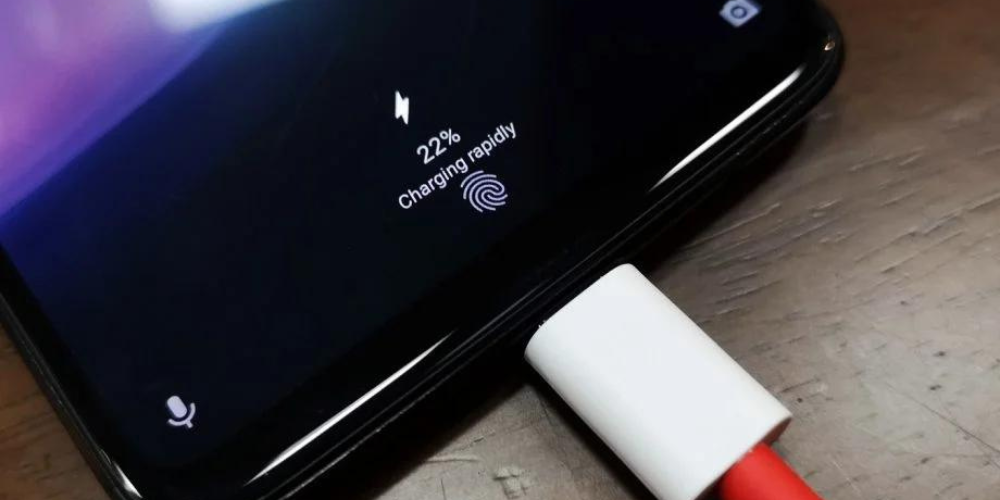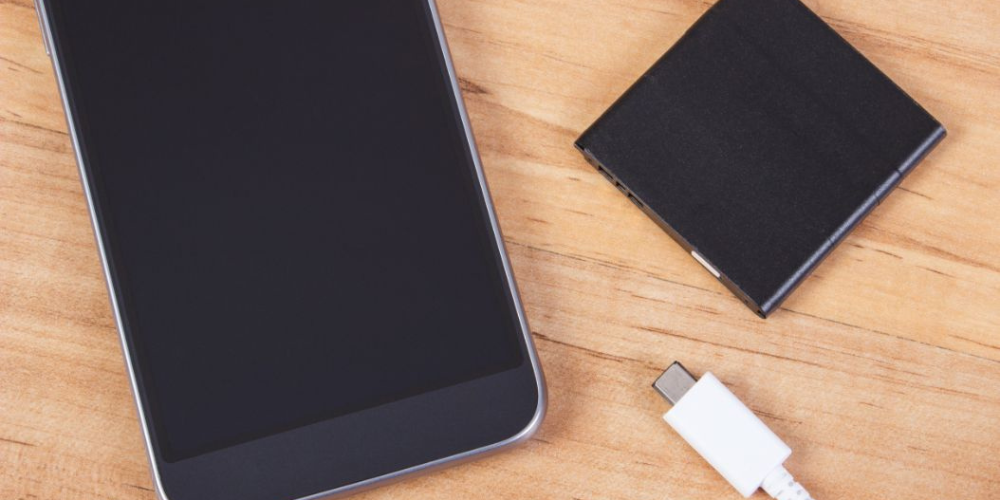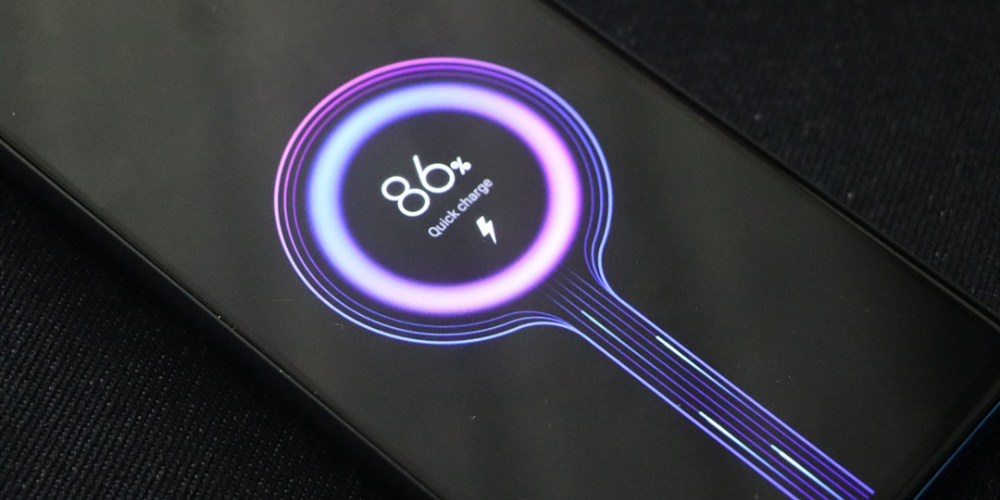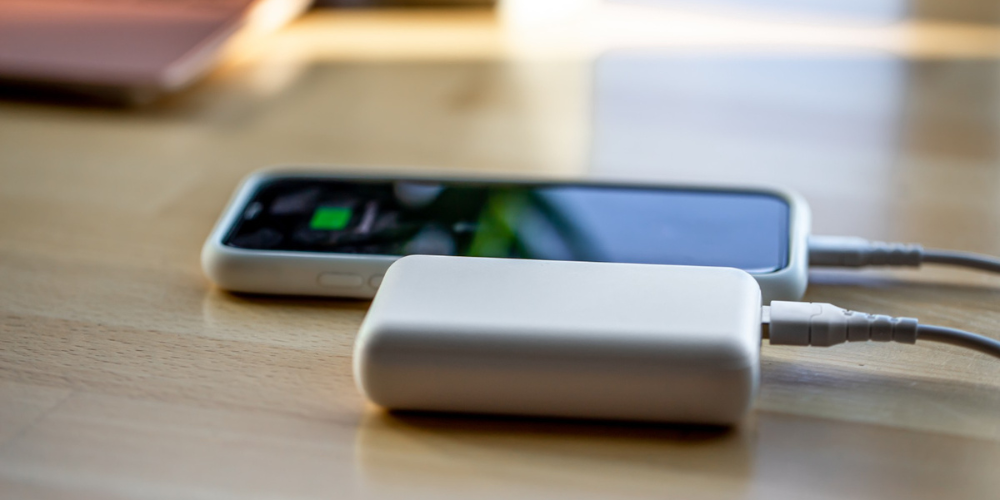Beyond 100W: The Future of Super-Fast Smartphone Charging
- Jul 16, 2024
- 573

The quest for speedier smartphone charging has been a constant pursuit in the mobile technology realm. With the launch of the newest models, there's an obvious progression toward incredibly fast charging capabilities. What was once awe-inspiring at 30W is now the baseline, and cutting-edge devices boast charges exceeding the 100W mark, with some even reaching 150W.
While such technological feats are alluring, they often come accompanied by concerns of potential risks such as overheating and battery longevity. Many wonder if a super-fast charge could lead to device malfunctions or worse consequences. However, the fears of imminent danger are largely unfounded, and here's an exploration of the reasons behind this reassurance.
The Science Behind Battery Charging
Understanding the functionality of lithium-ion batteries found in smartphones provides clarity on how charging affects them. These batteries consist of a lithium cobalt oxide layer and a graphite layer. The lithium ions travel through an electrolyte solution between these two layers, resulting in electron release and energy generation. When you plug in your phone, these ions move in the reverse direction to store energy for future use, which powers your device upon turning it on.
The heat that emanates from your phone post-charging or during extended use is a byproduct of this energy release. It's this heat that can potentially harm the battery over time. However, lithium-ion batteries have seen considerable improvements in size, efficiency, and cycle durability. They can now endure more full charge cycles while maintaining their capacity longer than ever before. For a detailed explanation of this process, tech enthusiasts often turn to educational resources like tech YouTube channels that offer visual breakdowns.

Battery Degradation: Facts and Myths
As batteries cycle through charges, they degrade naturally. A significant factor is the crystallization of salts in the electrolyte solution, obstructing ion transmission and diminishing battery performance. Exposing your phone to high temperatures, either through rapid charging or environmental conditions like a hot car dashboard, can accelerate this process. Additionally, overcharging can disrupt the sensitive equilibrium within a battery cell, leading to a permanent alteration of its internal structure.
The degradation of a lithium-ion battery is a gradual process that unfortunately is unavoidable. It's akin to the wear and tear of a building's structure over time. Taking care of your battery can slow this process, and modern smartphones provide settings that show battery health, assisting users in managing their device's long-term performance.
Advances in Battery Cooling and Management
In the past, fast-charging batteries were susceptible to significant heat buildup, as smartphones weren't equipped to disperse this excess temperature efficiently. This made them more prone to overheating, but today's smartphones are designed with features to counteract this problem effectively.
With the introduction of heat shields, thermal layers, and even cooling pipes, smartphones now regulate the heat and control the power delivery during charging. Additionally, most devices will cease charging once the battery reaches full capacity. Smart charging systems can learn user habits, optimizing the charging cycle to complete just before you typically start your day.
Smart Charging Techniques for Modern Phones
Smartphone charging has evolved into a multi-stage process. In the initial charging stage, when the battery level is low, it can handle a robust influx of power. As the charge nears completion, the power input tapers down, which is why it's safe to leave your phone plugged in overnight. Such a system prevents the battery from overcharging and overheating, something older devices weren't always capable of preventing.
Some performance-oriented phones, such as gaming phones, have taken additional measures by incorporating active cooling elements like fans to further reduce heat. Manufacturers also experiment with designs like dividing battery cells to achieve the same fast charging rates without compromising battery integrity. Promises by companies like Xiaomi attest to enhancing battery life while still offering quick charging features.

Industry-Leading Charging Protocols and the Future
With each passing year, technological giants and manufacturers announce new charging protocols and battery designs intended to provide consumers with powerful charging solutions. For instance, Qualcomm unveiled Quick Charge 5 in 2020, claiming that it could power a phone to 50% in just five minutes. Improvements in batteries, cables, and power supplies are necessary to handle such potent charging rates while effectively managing heat and preventing adverse effects, allowing phones to recharge quickly and safely.
Keeping pace with these advancements, companies in the mobile industry continue to innovate, ensuring devices can handle the demands of modern consumers. With a battery technology that has improved over the last several years, smartphones can now enjoy the benefits of quick charging without sacrificing longevity and safety.
Contemplating the Implications of Rapid Charging
The issue of whether rapid charging is detrimental to your phone's battery life is quite nuanced. On the one hand, continuous high-powered charging can challenge battery health. However, advancements in the design of modern smartphones often include specialized features aimed at minimizing potential damage and extending battery life.
Notably, as tech influencer Marques Brownlee articulates, many of these innovative strategies haven't been around long enough to be thoroughly tested for long-term effects. This means that while immediate concerns may be mitigated, it remains vital to gather more data to comprehend the full impacts of such technology definitively.
Adopting Practical Charging Habits
It's sensible for phone users to adopt pragmatic charging habits. This includes avoiding leaving your phone plugged in and charging for extended periods after reaching full battery capacity. Although modern devices are designed to handle such situations better than their predecessors, refraining from charging all night is a simple step towards preserving battery health.
Furthermore, when temperatures rise, either during hot weather or while using your device for high-performance tasks, your battery may suffer. Being mindful and proactive about keeping your smartphone cool can extend its battery life. For instance, removing protective cases during charging, if they contribute to heat retention, can be beneficial.
Understanding Battery Lifespan Variables
Battery lifespan varies based on several factors, including the number of charge cycles, the ambient temperature, and the duration of charging sessions. Full discharge cycles tend to be harsher on battery life than partial cycles. Therefore, maintaining your battery level between 20% and 80% can contribute to a longer-lasting battery.
Ambient temperature plays a significant role in battery health. Lithium-ion batteries function optimally at room temperature, so exposure to extreme temperatures, either hot or cold, can negatively impact their performance and longevity. It is essential to understand these variables to cultivate practices that enhance your smartphone's battery life.

Selecting the Right Charger and Accessories
Choosing the right charger and accessories can make a difference in preserving your smartphone's battery health. Using the manufacturer-provided charger or another certified by the phone's brand ensures optimal power delivery and charging efficiency. While third-party chargers may offer convenience or lower price points, they may not always align with your device's specifications and can lead to inconsistent charging performance.
In addition to the charger itself, quality cables are vital. Cables that meet industry standards for data transmission and charging can enhance charging speed and safety. Upon noticing any wear or damage, it is crucial to replace cables to avoid the risks of electric shorts and inadequate charging that strain the battery.
The Role of Software Optimization in Battery Preservation
Software plays a critical role in managing battery life, with operating system updates frequently including improvements to power efficiency and battery management. Keeping your smartphone's software up-to-date ensures you benefit from the latest enhancements and battery optimization features integrated by the phone manufacturer.
Many smartphones now offer settings tailored to learning the user's charging patterns to optimize battery life. For instance, if the phone detects that it is typically plugged in overnight, it might slow down the charging process and only top off the battery closer to the time the user wakes up. This intelligent charging minimizes the stress on the battery and can have a substantial impact on extending its lifespan.
Expert Recommendations and Best Practices
Experts in the field of mobile technology often recommend a balanced approach to charging. This means avoiding letting your battery completely deplete before recharging and also not always charging to 100%. Using your phone's built-in battery tools can help manage cycles and battery health over time. Devices today usually offer insights into battery usage and health, allowing users to adjust their charging habits accordingly.
It's also wise to remain informed about proven and emerging technologies in battery and charging arenas. By following reputable sources and tech influencers, you can stay updated on what practices and aftermarket products are reliable and how they can benefit your smartphone experience without compromising battery life.
Fast Charging: A Balanced View
In summary, while fast charging offers the convenience of quickly powering up a smartphone, it is essential to approach it with knowledge and care. Understanding the factors that affect battery health and lifespan can maximize the benefits of fast charging while minimizing potential downsides. Modern smartphones are more robust than ever, equipped with safeguards, and optimized for the demands of rapid charging.
By integrating good charging practices, selecting the right accessories, keeping software updated, and educating oneself on battery maintenance, consumers can enjoy the rapid charging features confidently. It's a fusion of technological advancements and user mindfulness that will preserve the life of your smartphone's battery in this fast-paced digital age.